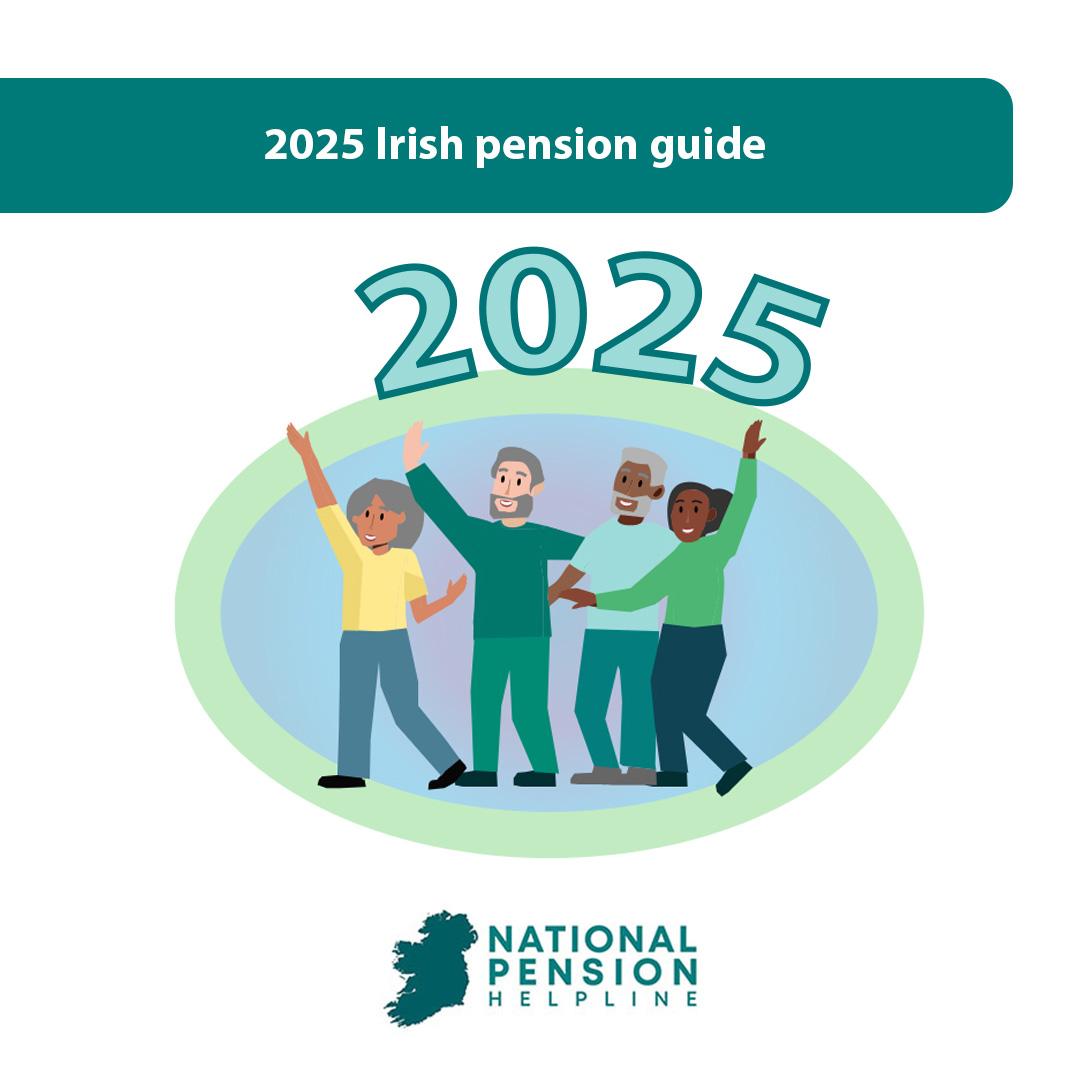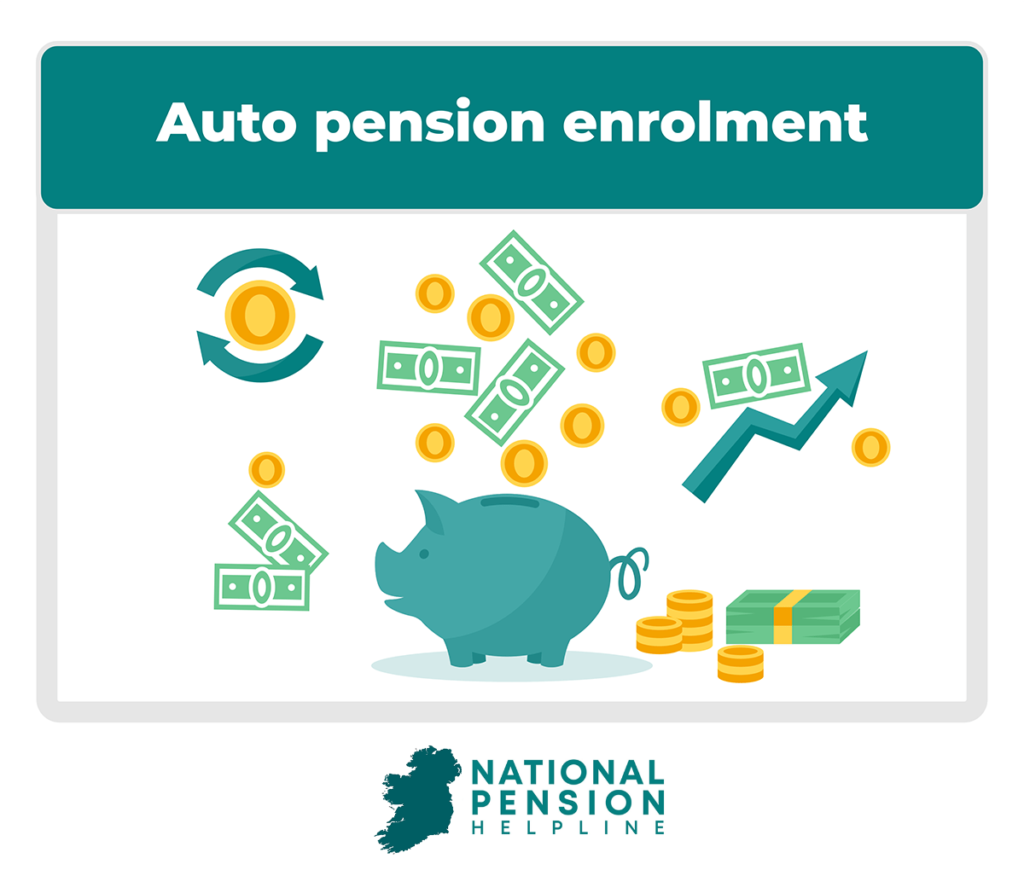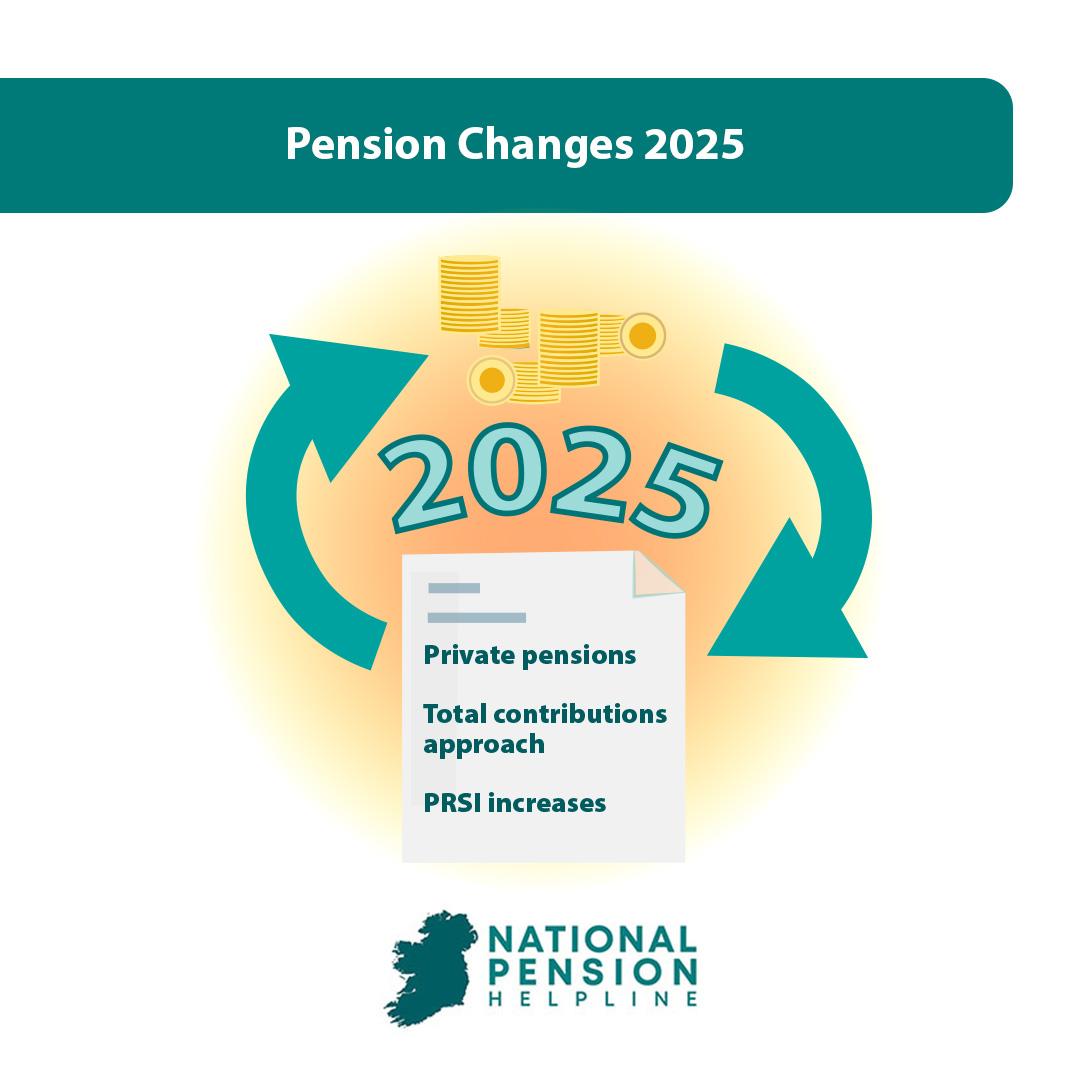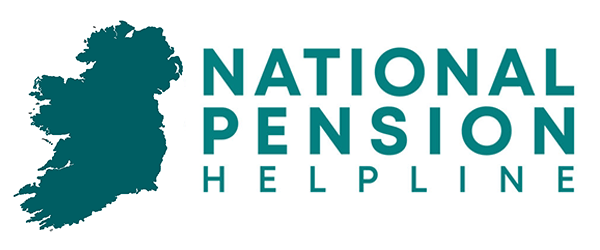There have been numerous changes to Irish pensions in 2024, and there is more to follow in 2025.
These changes are all broadly aimed at improving the pension coverage of our ageing population, improving access to the state contributory pension, and paying for the pensions of the retirees of the future.
Changes allowing people to choose to work longer to qualify for a state contributory pension as well as measures to recognise long term carers, who have historically often been excluded from the state contributory pension, came about in 2024.
Auto enrolment pensions were named as My Future Fund in 2024, and plans and timelines for the new pension scheme have been firmed up for 2025.
There are also changes to private pensions, changes in the way eligibility for the state contributory is assessed, and PRSI increases upcoming in 2025.
The National Pension Helpline is a free service offering information about pensions in Ireland. You can contact us to discuss your retirement finances and how these changes may affect your pension.

Pension changes in 2024
There were two key changes in January 2024 that continue into 2025:
Auto enrolment updates
The new auto enrolment pension scheme, My Future Fund, is also finally expected to begin on the 30th September 2025.
The auto enrolment pension scheme will apply to those aged between 23 and 60, who are not currently part of a pension plan, and who earn above €20,000 a year. Anyone who earns less than €20,000 can voluntarily opt into the scheme.
The employee, the employer, and the Government all contribute to the pension of the employee.
For the first year of the scheme, you and your employer will pay 1.5% of your annual salary, with the Government contributing 0.5%. These contributions will rise incrementally until Year 10 of the auto enrolment scheme when the employee and employer contribute 6%, and the Government pays 2%.
There has also been some clarity brought to the way in which pension benefits from the auto enrolment pension scheme are due to be paid on retirement. It is envisaged that 25% of the employee’s fund may be taken as a retirement lump sum. A lump sum up to €200,000 will be tax free, any amount from €200,000 to €500,000 will be taxed at 20%, and any amount above €500,000 will be taxed at 40%.
Pension drawdowns taken after the lump sum will be taxed at the marginal rate of tax, and subject to USC and PRSI up to the age of 70.
As there is a Government contribution to the employee’s auto enrolment pension, there will be no tax relief on employee contributions (unlike contributions to a private pension).

Pension rates 2025
Budget 2025 brought an increase of €12 per week to the state contributory pension, bringing the maximum personal rate for those under 80 to €289.30 per week, and the maximum personal rate for those over 80 to €299.30.
The increase for a qualified adult has also been raised to €192.70 for an adult under 66, and €259.40 for an adult over the age of 66.
Social welfare rates
The rates of the fuel allowance and the living alone allowance were not changed in Budget 2025. They remain at €33.00 and €22.00 per week.
Pension Changes 2025
Upcoming changes to pensions in 2025 (aside from auto enrolment) are intended to update the standard fund threshold of private pensions, change the way that pension contributions are assessed, and increase PRSI contributions from the working age population in order to fund pensions of the future.
These include various changes, some of which have already begun and some of which will come on stream in 2025:

Contact the National Pensions Helpline
We hope that you found this guide to pension changes in 2025 useful. The National Pension Helpline can help you to plan for your retirement and discuss all aspects of pensions with you.
Our website has loads of information on all things pension related and you can take a free 90 second online pension review to claim your free pension planning consultation with a central bank regulated advisor.
You can also leave your name and email to join our monthly newsletter to keep you up to the minute on pension news and updates.



